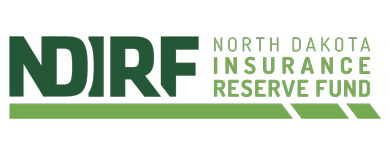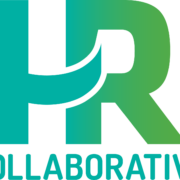How to Support Workplace Mental Health
Workplace stress is a common phenomenon that can have a significant impact on an individual’s well-being and productivity. According to the American Psychological Association’s Work in American Survey: Workplaces as Engines of Psychological Health & Wellbeing, “77% of U.S. workers reported stress at work in [November 2023], with 57% reporting negative health effects as a result” (US Workplace Stress at All Time High, Survey Says, www.InsuranceJournal.com, accessed 3 Jan. 2024).
The Occupational Safety and Health Administration (OSHA) recognizes workplace stress can “make it more difficult for workers to get their tasks done; threaten their productivity, happiness, and well-being; and lead to burnout (www.OSHA.gov, accessed 3 Jan. 2024). Your entity can support its employees’ mental health by finding “ways to alleviate or remove stressors in the workplace to the greatest extent possible, build coping and resiliency supports, and ensure that people who need help know where to turn” (www.OSHA.gov, accessed 3 Jan. 2024).
On its website, OSHA also shares examples of employers’ approaches to help reduce workplace stress and highlight mental health supports within the workplace, including:
The six following examples were originally published on www.OSHA.gov, accessed 4 Jan. 2024.
- Promote self-care, mindfulness, and general mental well-being. Organizations are implementing strategies to educate workers about self-care and mindfulness activities to help them cope with stress. Employers and supervisors are encouraged to engage their workers to determine what strategies may be most supportive in their workplace. Examples include:
- Providing access to mobile apps that aim to build emotional resilience and improve sleep habits.
- Offering “Mindful Moment” meditation sessions for workers multiple times a week or full web-based meditation or yoga classes.
- Identifying internal staff who can lead self-care activities for the entire company (e.g., weekly, virtual, guided meditation sessions).
- Implementing structured wellness challenges centered on self-care activities to encourage employees to engage in wellness activities.
- Hosting virtual yoga classes or virtual workouts.
- Supporting mental health awareness campaigns.
- Providing information on Employee Assistance Programs.
- Support an attitude of gratitude. It is important to make a concerted effort to be positive, identify and praise workers’ achievements, and encourage staff to look for the good that still exists around them. For example, consider launching an “attitude of gratitude” challenge that focuses on the positive, or an employee recognition program to highlight workers (via social media, articles, and live Webcasts) who have taken action to support each other or their broader communities. Keeping it simple, creating a virtual gratitude board for workers to share what they are grateful for can be beneficial.
- Promote a culture of safety and health in the workplace. To promote compliance, top leadership and managers within the company should lead by example and consistently reinforce safety practices and look for opportunities to get workers involved. Employers can alleviate concerns by ensuring that workers are supplied with necessary protective gear and implementing other protective measures that will keep them safe and healthy, at no cost to workers.
- Educate workers about the organization’s existing safety precautions and ask for their feedback. The absence of information can cause worries to fester. To prevent this, employers should communicate with their workers regularly in a language they understand to explain what protection measures they have implemented to protect them. More importantly, employers should then ask their workers for feedback on those measures to determine if more can be done to make them feel safe, such as implementing new procedures or helping to enforce protective measures among co-workers and customers. OSHA has created a sample list of questions that employers can use to gauge their workers’ perception of existing protective measures. With this feedback in hand, employers can either implement additional protective measures to reduce workers’ concerns, or at least explain why a certain course of action has been taken.
- Regularly provide safety and health training that includes a focus on mental health and ask for worker feedback. Education and training are important tools for informing workers and managers about workplace hazards and controls so they can work more safely and be more productive. Employers should ensure mental health and workplace stress are included in trainings. Trainings should always be done in the language the workers understand. Employers should underscore their business model succeeds when workers stay healthy and finish the day and go home safely. Workers feel trusted when employers ask them for ideas or improvements and follow-up on suggestions. When possible, provide them time during work hours, if necessary, to research solutions.
- Protect workers from workplace violence. Conflict is stressful, both when it occurs and when workers anticipate that it might. Employers must find ways to help de-escalate and prepare for these stressful situations, such as having workers approach non-complying customers in teams of two; training them on threat recognition, conflict resolution, and nonviolent responses; and providing backup support in the form or managers, security, or law enforcement. See OSHA’s workplace violence webpage for additional resource here: www.OSHA.gov/workplace-violence.
An additional idea is to highlight your entity’s employee assistance program (EAP) available through your health insurance provider or other organization. Regular EAP communication helps to ensure the program’s availability is top-of-mind for your entity’s employees and that information about the program is easy to access. For example, one North Dakota government entity makes its EAP provider information highly accessibly by placing business card-sized materials throughout its buildings, allowing employees to discreetly pick one up if they’re interested in obtaining EAP services.
If you’re interested in learning more about how to support workplace mental health at your entity, visit www.OSHA.gov/workplace-stress.








